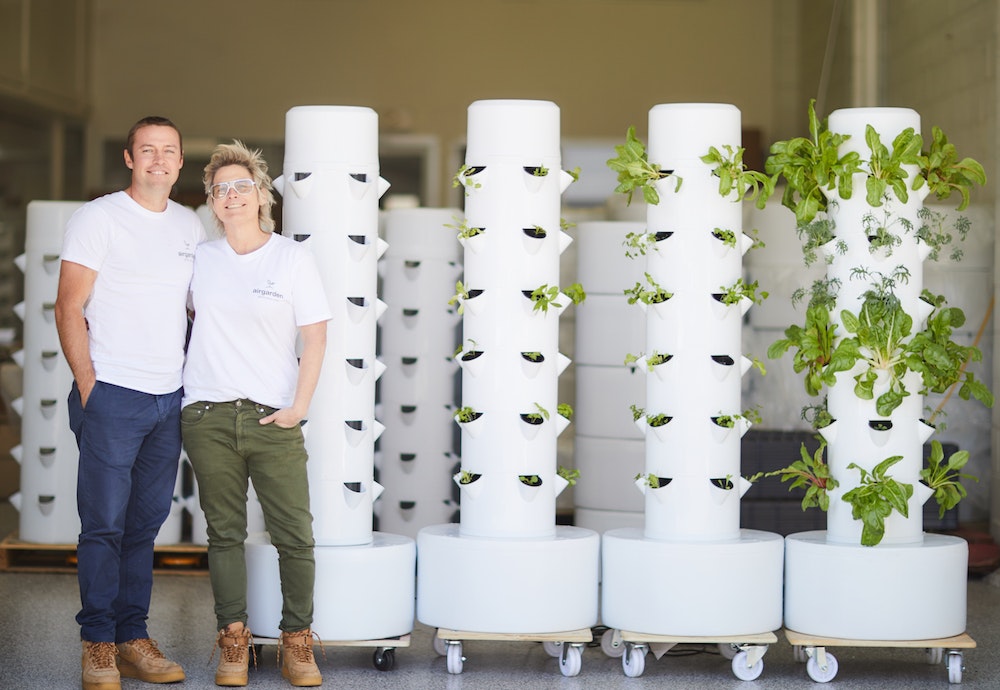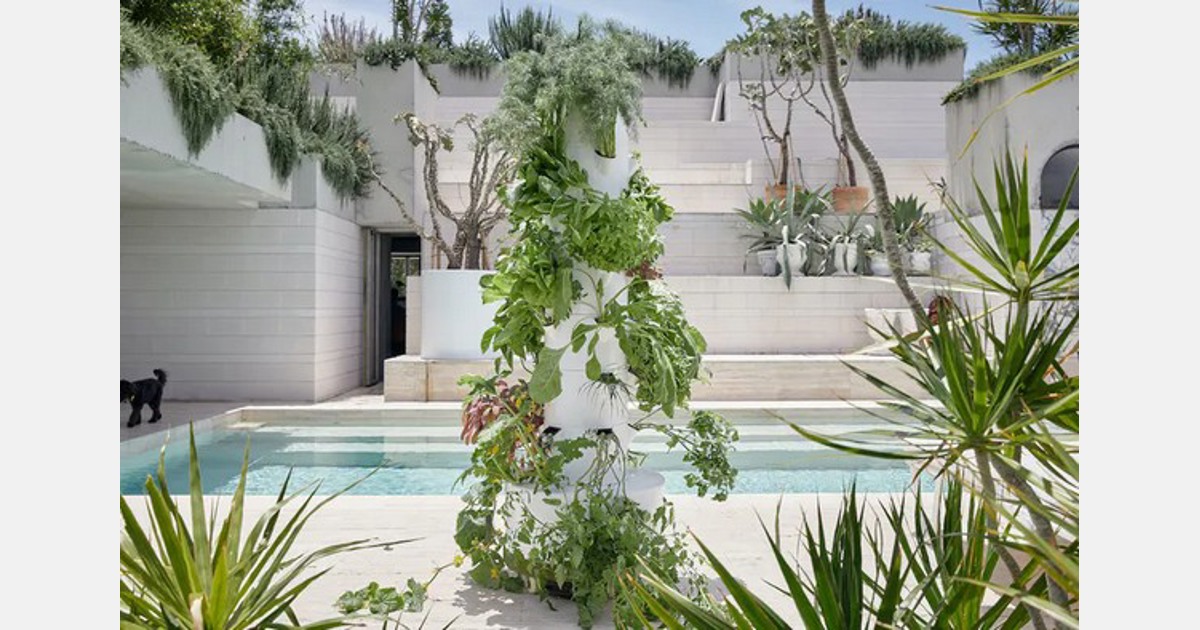Aeroponics vs Hydroponics: Is One Better Than The Other?
It is possible to cultivate plants without using soil by employing either aeroponics or hydroponics. As aeroponics requires significantly more advanced equipment and skill, hydroponics has traditionally been the more popular method of watering in both commercial and residential settings. They both supply the plant with the nutrients it would normally obtain from soil by incorporating them into a water solution, but the two systems differ in the means through which the solution is given to the plant’s roots. Hydroponics and aeroponics are two methods of cultivating plants, and in this post, we’ll compare and contrast the two methods and discuss their respective pros and disadvantages.
Price of Expansion
The ease of usage and DIY construction of a hydroponic system is one of its primary advantages. In light of this, it is frequently seen in grow-it-yourself kits or in less expensive, less productive greenhouses. Hydroponic systems consume less power and have cheaper upfront costs because mist is not required. Most aeroponic systems rely on nozzles to generate mist, but these are prone to blockage and failure. As a result, they have not seen as widespread adoption as one might anticipate, given the yield benefits they provide. Because of this, LettUs Grow developed a novel nozzle-less technique to streamline the conventional aeroponic setup and lessen the burden of upkeep. Our goal is to provide you with all the advantages of aeroponics with the ease of hydroponics. As shorter growth cycles mean less time and effort spent per kilogram of produce, investing in an aeroponic system can pay off handsomely. Yet, business modeling is necessary for both aeroponic and hydroponic systems to assess the viability of the crops you intend to grow in your market. While larger crops like tomatoes and strawberries are more profitable in greenhouses, higher-priced crops like microgreens and herbs are better suited to any method under vertical farming.
Substantially Improved Watering Techniques
Aeroponics allows growers to tailor watering schedules to individual plants. Unlike hydroponic systems, which flood the plants with water, mist may be applied in very exact volumes and for very particular periods of time, allowing for greater control. This is due to the fact that massive volumes of water, which are difficult to control, are used to submerge plant roots in hydroponic systems. You may vary the amount of water, nutrients, and air flow that each plant receives in an aeroponic system on a bed-by-bed basis, meeting the needs of each plant at its specific growth stage.

Reducing the Spread of Illness and Pests
The aeroponic system’s well-aerated root zone has additional advantages. The mist is sprayed directly onto the roots of the plants while they are in midair. This prevents the rot and disease that might occur in wet growing medium. Water recapture and reuse processes that incorporate UV sterilisation and filtration help to reduce the likelihood of pest or disease outbreaks. Since water must permeate the growing medium to irrigate the roots, hydroponic matting and beds require more frequent cleanings. Algae, which thrives in the hydroponic beds’ water and artificial light, can spread rapidly and out of control.
Whether you should choose an aeroponic or hydroponic system to cultivate your plants depends on your intended crop, your target market’s budget, and the cost of your harvest. Aeroponics, on the other hand, offers a higher performance potential than conventional hydroponics since it allows plants to develop stronger and healthier root systems. Aeroponics offers significantly more benefits to larger-scale, commercial producers, including those using container farms or greenhouses, than hydroponics does. Hydroponic systems can be easier and cheaper to build, but they can be less profitable after the first year or two of production. Specifically, this is being pushed by the large productivity gains that an expert farmer can experience by switching to an aeroponic system and reaping higher yields at all times of the year. Our own tests have shown that we can double the speed at which certain crops mature compared to a conventional hydroponic system, with certain microgreens maturing in as little as four days on grow beds. Read up on more of it at Airgarden if you’re interested.
